Six Emotional Triggers That Skyrocket Email Click-Through Rates
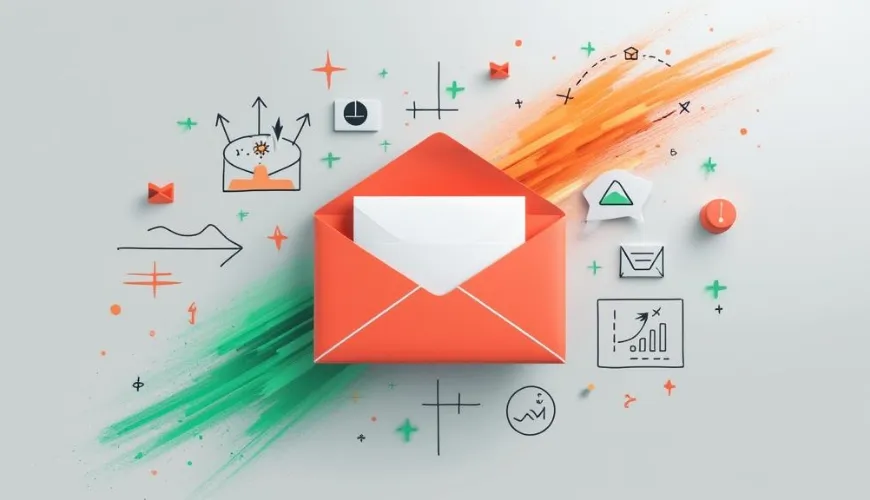
You’ve probably seen solid content slip through the cracks of an email that just didn’t get clicks. That’s because readers don’t respond to features or rationale alone - they respond to emotion.
In fact, email CTRs dip below 2% most often, yet campaigns that tap into emotional triggers can perform far better. Understanding your audience’s feelings and turning those into click-worthy cues can turn a weak campaign into one that subscribers engage with reliably.
Let’s unpack this step by step. First, we’ll look at how curiosity, FOMO, social proof, anticipated value, identity alignment, and surprise equal more clicks. Then, you’ll see exactly how to weave each trigger correctly: using precise phrasing, timing, and tone based on proven tactics.
That’s what this guide delivers: clear, actionable ways to spark emotion and guide more readers from inbox to action.
Let’s get to it.
1. Curiosity
Curiosity tricks your mind into filling gaps. Nearly half of people open emails based solely on the subject line, and subject lines that hint at something but don’t spill the full story can boost open rates significantly. Yes: that need for closure gets your reader clicking before they even read the preview.
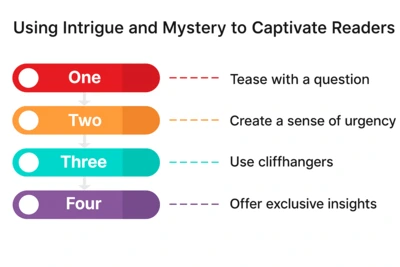
Source: Faster Capital
To spark curiosity, tease just enough information to trigger questions. Try open loops like “We only printed 73 of these” or use phrasing that stops short, such as “What your competitors aren’t telling you...”. Those tactics invite engagement without oversharing.
Here’s a solid example for your next subject line: “This one stat changed everything.” It’s vague enough to make readers wonder, yet specific enough to feel worth exploring. When used wisely, curiosity-driven email lines outperform straightforward headers by a clear mile.
Understanding how email metadata works can also feed curiosity. Readers may not realize that hidden data like sender reputation and authentication influence deliverability and engagement. Explaining such behind-the-scenes details in a teaser can entice readers to learn more, boosting clicks. One detailed breakdown of email metadata offers great examples of how to make technical topics inviting and clickable by sparking curiosity through strategic phrasing.
2. Fear of Missing Out (FOMO)
FOMO taps into loss-aversion: we hate missing out more than we enjoy gains. One campaign that used “Only 3 left in stock” in the subject line saw open rates jump overnight-and that continued urgency trickled down to clicks. That emotional nudge makes people act fast, because passing up feels worse than striking while you can.
To trigger FOMO, frame your offers clearly: use limited-time timers, inventory counts, or explicit deadlines. For example, “Sale ends in 3 hours” or “Just 5 seats left” spells out scarcity and deadlines without fluff. Real campaigns using urgency phrases like "now," "until midnight," or “last chance” drive up engagement during key times like Black Friday.
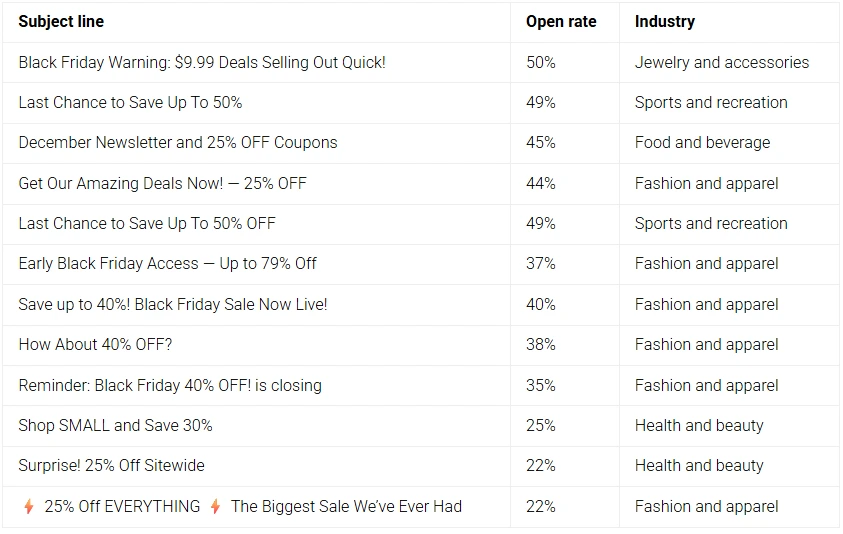
Source: Omnisend
Hence, timing is key in FOMO emails. Research shows emails sent during the final 24 hours of a promotion see open rates spike significantly, as readers sense urgency more acutely. That said, an email deliverability tool can help ensure your time-sensitive messages actually reach inboxes when timing matters most.
When triggers align, clicks follow: one analysis found FOMO-based ads lifted CTR by more than a tenth. Copy phrases like “Final spots available” or “X hours left to save” give clear prompts - and inelastic clicks. You won’t just boost views; you’ll steer people from indecision to action fast.
3. Social Proof
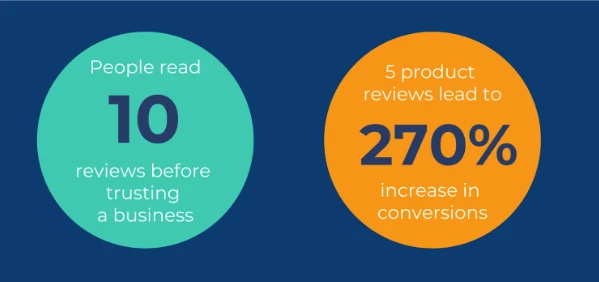
Source: Trust Mary
When your emails show that others trust you, readers follow. Displaying just five testimonials can make readers almost three times more likely to take action. What’s more, Spiegel found that simple testimonial lists boost purchase likelihood sixfold. That jump happens because social proof lowers hesitation, if others vouch for it, clicking feels safer.
Use real numbers and stories to build credibility. For example: “Join 15,000+ marketers who already use this,” or include a mini case study such as “After adding our plugin, X Company saw a 35% increase in leads.” Embedding user counts or short success quotes turns vague claims into trustworthy signals that encourage clicks.
On-page experiments support this: one A/B test showed that adding testimonial blocks boosted sign-ups by 56%. That kind of clear benefit isn’t fluff, it’s hard data showing that social proof moves people. When you reduce doubt in your email, you guide more readers from reading to clicking.
Additionally, using dynamic social proof (real-time user counts or live activity notifications) can increase trust and urgency in your emails. A recent blog post on RATS (Real-time Activity Triggered Social proof) explains how showing live interactions nudges readers toward action by creating a sense of community and momentum. Implementing such dynamic proof can make your campaigns more compelling and drive higher click-through rates.
4. Anticipation of Gain
Framing an email around a clear benefit pulls readers in by showing what’s in it for them. For example, a benefit-focused copy, in the vein of “Save 3 hours per week”, can boost conversions more, rather than a copy driven by vague promises. That kind of targeted phrasing starts the emotional connection before they click.
You do this by replacing general statements with specific gains. Instead of “boost productivity,” say “save 2 hours off your daily schedule”. Making such a change would immediately paint a picture of a clear outcome. Next, when people can envision the exact reward, they’re nearly twice as likely to act.
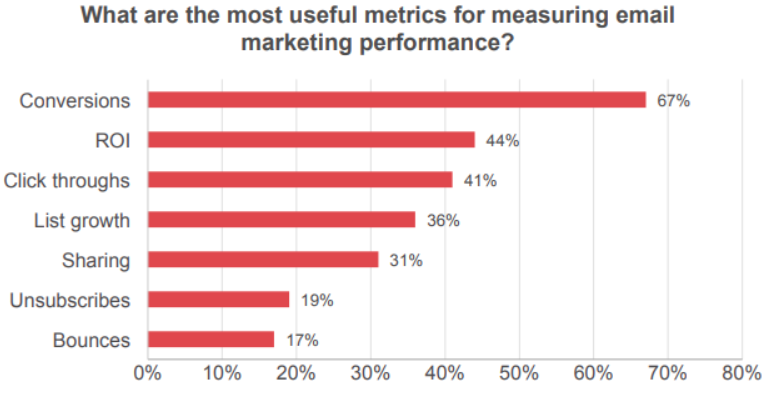
Source: Porch Group Media
Timing your emails well adds another layer of impact to clear, benefit-driven copy. Consider your audience’s routines and time zones: for working professionals, mornings or early afternoons on weekdays often yield the best engagement, while college students may respond better to evening or late-night sends. Experimenting with send times and analyzing results helps you find the sweet spot when your readers are most ready to click, maximizing the effect of your specific, outcome-focused messaging.
Most importantly, this is a proven, battle-tested methodology. Benefit-first language lowers hesitation and fast-tracks clicks by linking emotion to action. Emails emphasizing tangible value get opened and clicked at measurable rates. That’s why “gain anticipation” isn’t optional, but something you should consider at all times.
5. Identity and Belonging
When emails reflect how readers see themselves, they connect emotionally, and that connection boosts clicks. Personalized messages see a click-through rate 17% higher than generic ones: for example, including a user’s name or interests increases engagement noticeably. That uptick comes from reducing “who’s this for?” doubt, readers immediately recognize “this speaks to me.”

Source: Notify Visitors
To use this effectively, write directly to your target group. Say “For founders who build in silence” instead of “For entrepreneurs.” That sharper language signals you know their world, and one Campaign Monitor test showed location-based personalization lifted click rates by almost a third.
Segmentation amplifies this effect: segmenting lists based on traits like job role or behavior can double click rates. Mailchimp found that segmented campaigns generated more than double the clicks compared to non-segmented ones. The takeaway? When readers feel the message was crafted just for them, they’re far more likely to act.
6. Surprise
Novelty cuts through the inbox clutter and jolts readers awake. One test from Altcraft found that emails using unexpected formatting (like emojis or an all-caps surprise word) saw engagement go up by a quarter compared to plain-text versions. That jump happens because your brain rewards novelty: it pauses to check what’s different.
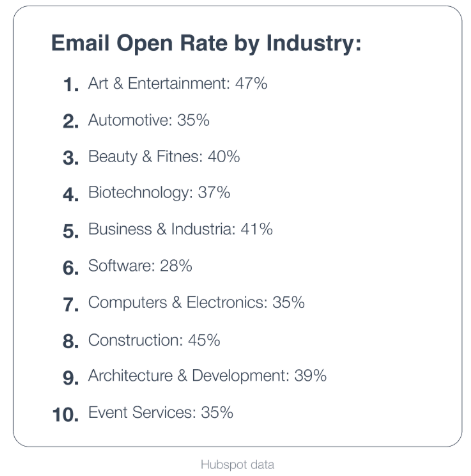
Source: Altcraft
To break the pattern, twist your copy in a simple but noticeable way. Try leading with a quirky comparison: “Our inbox is clean, yours isn’t?” or use humor like “Don’t make your inbox jealous.” Even swapping a single word into an all-caps surprise format can be enough to stand out.
Industry analyses have found that emails with a surprise element, like unusual phrasing or formatting, noticeably lifted click rates during A/B testing experiments, showing this works in real campaigns. When you disrupt expectations, readers stop skimming and start clicking. Try a small surprise in your next email and measure the lift.
Psychologically, surprise triggers the brain’s dopamine system, which entices attention and memory retention. When readers encounter the unexpected, their cognitive resources shift to processing the novelty, making the message more memorable and emotionally engaging. This heightened state of focus not only encourages clicks but also builds a positive association with your brand, making surprise a powerful marketing tool that goes beyond mere gimmicks.
Get People to Open Your Email
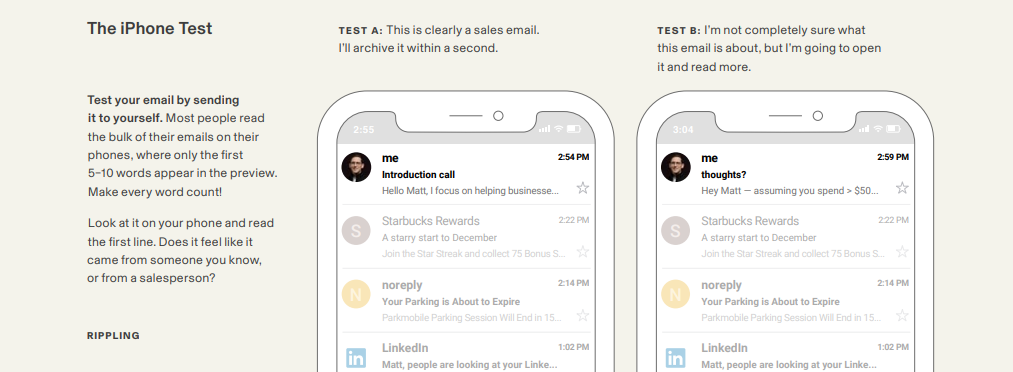
Source: Rippling
Your subject line decides everything. It's the gatekeeper between your brilliant email and the delete button. Research shows 43% of recipients open emails based solely on subject lines, making this your make-or-break moment. Successful subject lines blend multiple triggers: "Sarah, 3 spots left for tomorrow's workshop" combines identity (Sarah), FOMO (3 spots left), and urgency (tomorrow).
Test combinations ruthlessly. A/B split your subject lines using different triggers: curiosity versus urgency, social proof versus surprise. Track which emotional combinations resonate with your specific audience.
A good example is Rippling - an EOR provider, and the way they craft their emails. They signify the difference between "Introduction call" and "thoughts?", showing how curiosity-driven subject lines create intrigue, while obvious sales language gets mentally filtered out.
Next, master the 50-character sweet spot. Mobile preview text cuts off around 50 characters, so front-load your emotional punch. "Your competitors don't know this trick" hits harder than "Amazing productivity strategies that will revolutionize your workflow." Keep it punchy, keep it emotional, keep it clickable.
Conclusion
Emotions drive clicks more than facts. The six triggers covered - curiosity, FOMO, social proof, anticipation of gain, identity, and surprise, work because they tap into how people feel, not only what they think. Applying these in your emails with clear, specific language helps readers connect and act faster.
Start by testing one trigger at a time, then refine your approach based on results. When you speak directly to your audience’s emotions and show real value, your emails won’t just get opened: they’ll get clicked. Use these strategies consistently, and you’ll see your click-through rates rise steadily and reliably.
Author’s bio: Frosina is a SaaS content wordsmith who turns jargon-heavy tech talk into scroll-stopping stories. With a knack for blending SEO wizardry and reader-first charm, she crafts content that gets clicks and keeps customers hooked. Armed with coffee, deadlines, and just the right amount of sass, Frosina thrives in the wild west of B2B SaaS marketing.
Photo:




